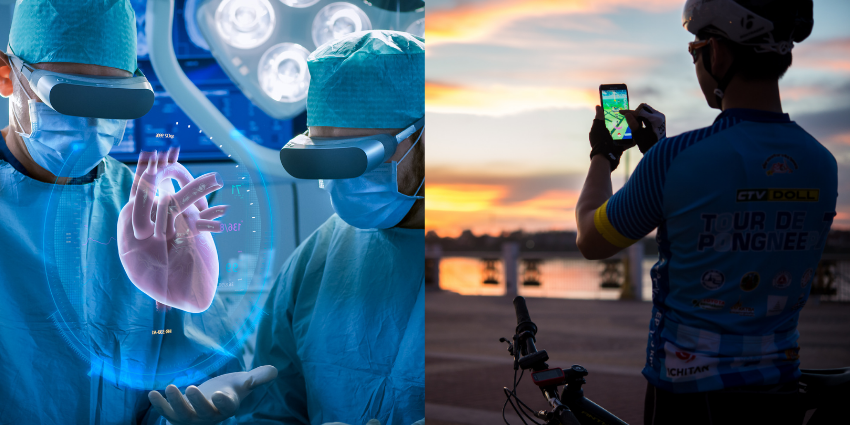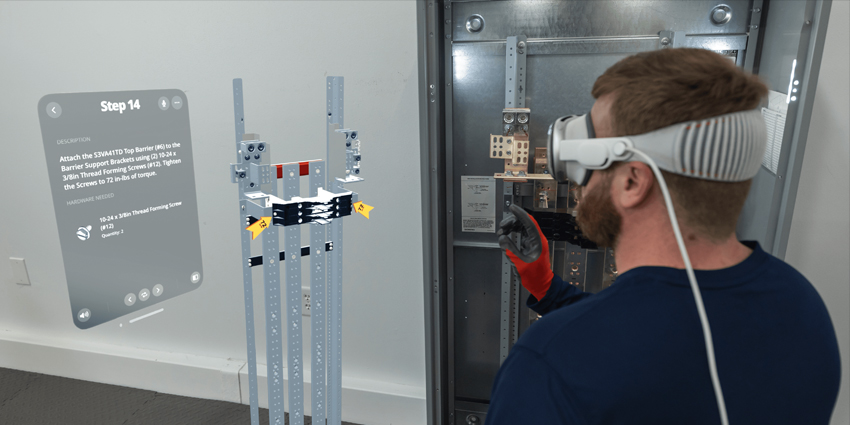There was a time when Augmented Reality was just the product of some tech guru’s imagination. We dreamed of a future where we could interact with holographic versions of documents or products, and see our colleagues projected next to us in real-time.
Now, these visions of the future are quickly becoming a reality. The AR and VR market size experienced a growth of around 78% between 2019 and 2020, and opportunities continue to grow. Driven in part by the accessibility of new technology, and by the challenges presented during the 2020 pandemic, AR is emerging as a crucial solution to our business problems.
It started with Pokémon Go, an app that took the world by storm by embedding fictional characters into real-world scenarios. Now, you can use the same technology that allowed you to share your office with a Pikachu to collaborate with your team, wherever they are.
Bridging the Gaps with Extended Reality
Few people fully recognised the potential of Niantic’s Pokémon Go app in July 2016. The arrival of the first true AR mobile experience wasn’t just a revolution for entertainment purposes. This new tool marked a crucial step forward into new realities for the enterprise too. Just as augmented reality in an entertainment app can allow us to impose digital elements into our physical environments, AR in the business world can deliver the same functionality, for new reasons.
Augmented Reality in the engineering industry can present instructions to professionals on how to fix certain products, showing them which parts to work on through a pair of AR glasses. Imagine a digital overlay that highlights the parts of a machine you’re working on for you and shows you what you need to do to fix them, without you having to look at a manual.
In healthcare, AR can offer a compelling learning experience, allowing students to look underneath the skin and bones of a patient in real-time to see how certain symptoms line up with physical changes in the body. AR could even assist surgeons in performing more accurate procedures by helping them to map various parts of the human physique.
In the collaborative world, AR also paves the way for more immersive face-to-face interactions. At a time when hybrid working is the new normal, a pair of AR glasses or a camera on your smartphone could easily show your peers sitting beside you in the same office and allow you to work on a 3D version of a digital project, even when you’re miles away.
Augmenting the Workforce
AR is one of the many transformative technologies that have the potential to truly enhance the workforce. When we can interact with people by seeing their holographic images projected next to us, we benefit from a more immersive collaborative experience. When we can explore the blueprints of a product in real-time, diving into the individual features of an item by looking through a pair of glasses, we save time searching through manuals for information.
AR has the potential to bring team members closer together while paving the way for better training and educational experiences too. Who would have thought that a trend starting with Pokémon would take us here?







